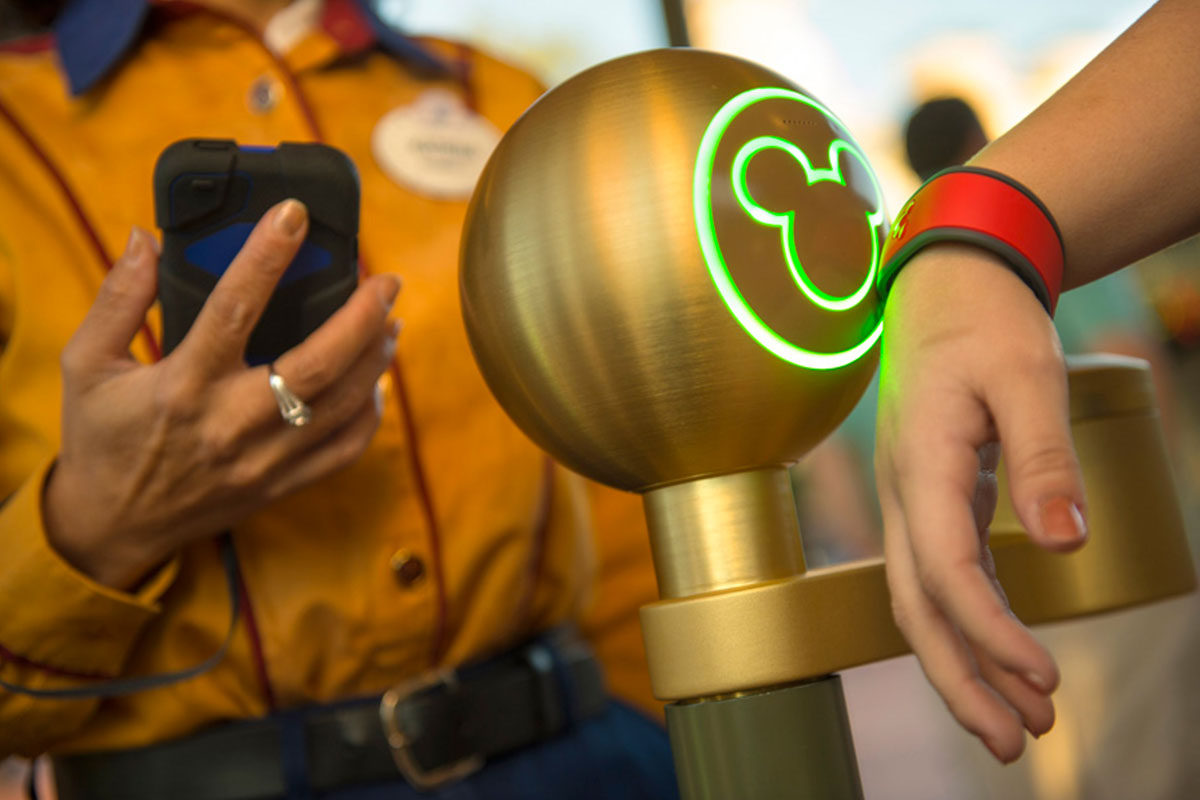Netflix is more than just an online digital platform; it has become a cultural phenomenon. Three years ago, Netflix became this one channel to watch virtually anything: from Jurassic Park to Breaking Bad to Toy Story. Many people take their first-month-free subscription because they don’t want to miss out on the latest season of Stranger Things, and never left since. It introduced a trend of binge-watching shows, finishing hours of series in one go until the screen blacks out and asks “Are you still watching?” Television became a device that streams Netflix instead of being its own thing. It lost its meaning so much that many people become cord-cutters – ditching their expensive cable TV subscriptions for a mere $9.99 per month Netflix accounts. It seems that the development of internet goods has yet again made life much cheaper and simpler.
Or so we think.
Direct-to-consumer distribution model
As Netflix’s popularity and valuation grow, linear (traditional) TV suffer. It is not long when media companies such as WarnerMedia, NBC Universal, and Disney start to launch their own streaming platforms, too. These networks apply a direct-to-consumer distribution model (Sherman & Evans, 2019); instead of selling the licensing rights of their shows to Netflix, they use their brands to make their own platform. These so-called streaming wars prompt TV networks to spend millions of dollars to buy the rights to their most popular shows – such as The Office, Friends, and every Disney movie – back from Netflix to be streamed in their own online platforms NBC’s streamer, HBO Max, and Disney+, respectively (Steinberg, 2019).
Just like most industries, giant tech companies also plans to infiltrate the entertainment industry. Following Netflix’s path of bringing more on-demand consumer base by introducing original content, Amazon Prime Video and Apple TV+ are also in the game with their exclusive contents. For streaming services, the ability to deliver quality content for their platforms is crucial. Take Disney+ as an example: people most probably already have the physical form of their movies, so they need to add value to this new channel (Horner, 2019).
Pricing plans
Netflix’s current monthly subscription fee of $9-16 is one of the highest among competitors, Amazon Prime Video ($13), and Hulu ($6-12). However, newcomers’ subscription prices are way lower; with Disney+’s $7 per month and Apple TV+’s mere $5 per month, these prices will definitely damage Netflix’s subscriber count. Other platforms also continue to respond by cutting their subscription prices, like NBCU’s free for cable or satellite subscribers ($12 for non-subscribers). Rao et al. (2000) mentioned that cutting prices may not always be a good retaliation move on their parts as it reduces the overall pie of the market. The other route that each player can take to win is to maximise their platform’s value. Disney, with its extensive collection of movies and series, definitely has the upper hand on this matter. Everything Disney, Pixar, Marvel, Star Wars, National Geographic, 21st Century Fox will be on its platform, which will launch in November this year. Not only that, Disney+ also has a subscription bundling plan with other streaming platforms Hulu and ESPN+; both of which are owned by Disney Corporation as well.
Streaming platforms are, in general, a great innovation because it decouples watching TV and watching advertisements (Texeira & Jamieson, 2014). Nonetheless, it seems that the losing party in this war are the consumers. Taking all the pricing plans mentioned above (plus HBO Max’s rumoured subscription price of $16-20 per month), subscribing to all of these platforms would cost – if not more – the same as cable TV subscriptions. The only difference is that giant tech companies have now also entered the battlefield.
Although we have more choice in what to purchase, more options often mean that we might (reluctantly) spend more money than we should have. “Unbundling” Netflix would only create a fragmented market, which will generally increase prices for content (Steinberg, 2019), and induces the need to – yet again – have a platform that bundles everything together again. So, how many loops will it take before the system breaks?
References
Horner, A. (2019, July 3). Streaming wars: Why Disney and Apple rivalling Netflix is good news for fans of great TV. Retrieved September 17, 2019, from Independent: https://www.independent.co.uk/
Rao, A., Bergen, M., & Davis, S. (2000). How to Fight a Price War. Harvard Business Review, pp. 107-116.
Sherman, A., & Evans, D. (2019, August 10). How the streaming wars between Disney, Netflix, Apple and everybody else will change TV forever. Retrieved September 17, 2019, from CNBC: https://www.cnbc.com/
Steinberg, B. (2019, July 18). Why Consumers Are Already Losing in the Streaming Wars. Retrieved September 18, 2019, from Variety: https://variety.com/
Teixeira, T., & Jamieson, P. (2014, October 28). Disruption Starts with Unhappy Customers, Not Technology. Harvard Business Review.


